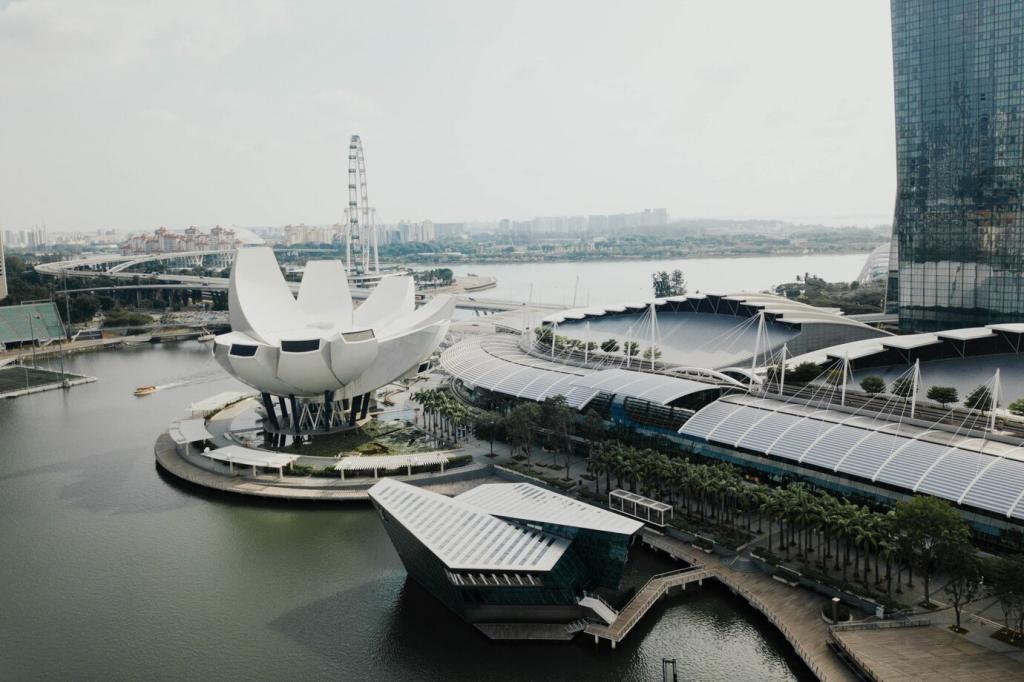This website uses cookies so that we can provide you with the best user experience possible. Cookie information is stored in your browser and performs functions such as recognising you when you return to our website and helping our team to understand which sections of the website you find most interesting and useful.

Sustainable Urban Infrastructure with Renewable Resources
Sustainable urban infrastructure supported by renewable resources is reshaping the future of cities around the globe. As populations expand and environmental concerns intensify, there is an urgent need to build cities that minimize their ecological footprint. This approach harnesses clean energy, innovative construction techniques, and efficient urban planning to harmonize growth with environmental stewardship. Implementing renewable resources in urban infrastructure not only reduces greenhouse gas emissions but also enhances resilience and quality of life for city dwellers. The integration of renewable energy sources, advanced waste management, green transportation, and eco-friendly building materials will define the urban landscapes of tomorrow.
Integrating Renewable Energy in Urban Systems
Green Building Materials and Construction Methods
Recycled and Renewable Building Materials
Energy-Efficient Design Innovations
Modular and Prefabricated Construction
Sustainable Urban Transport Solutions


